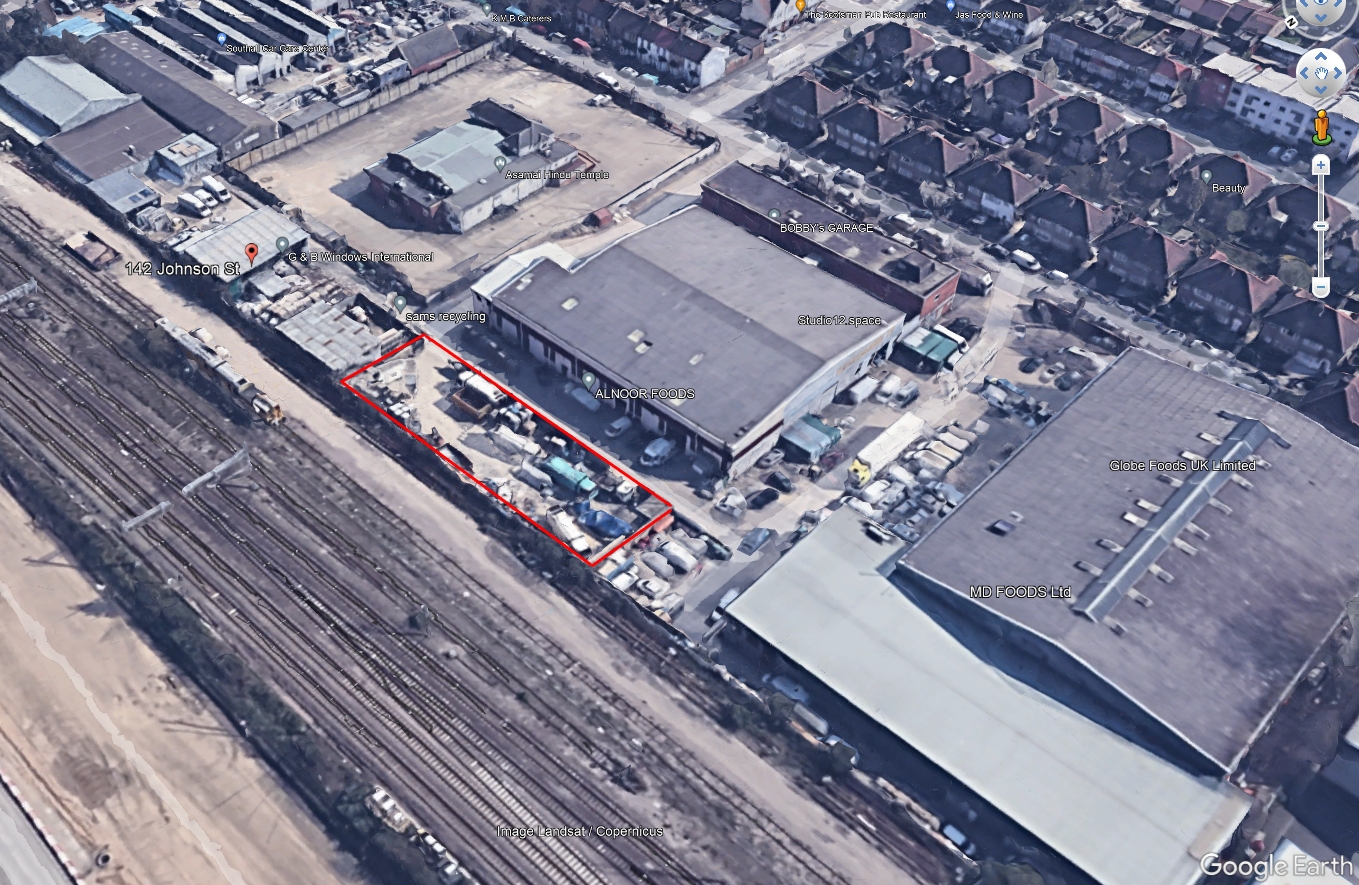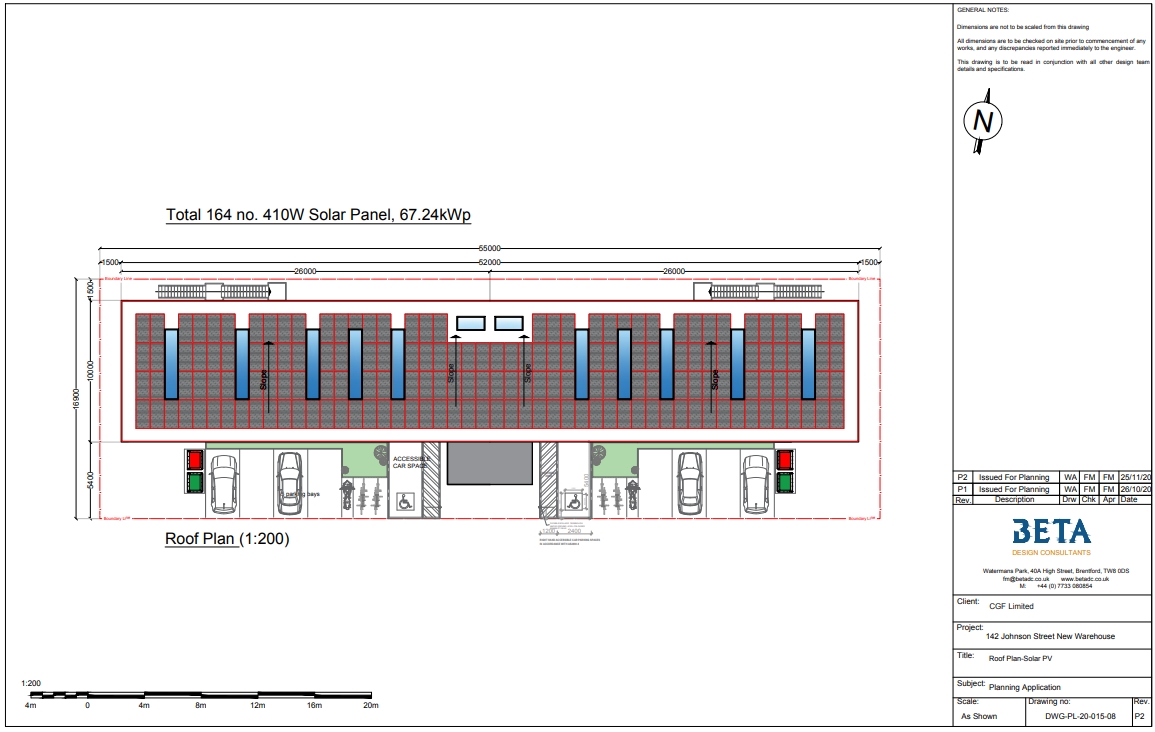Beta Design Consultants provide consulting services to developers and clients professional teams to support the development of vacant, derelict, contaminated and partially occupied/utilised sites.
We have undertaken such studies on some relatively large and complex projects as well as some small brownfield sites.
Our consulting services would deal with the common challenges of brownfield sites as well as some of the site-specific challenges. Such challenges typically include:
- Access and transport: Many brownfield sites are not where people may want to live or work. Redeveloping or re-purposing some of these sites would require a traffic assessment and a transport strategy that considers various modes and provides solutions that can be adopted by the developer or in some cases supported by the Government or the local authority.
- Holistic Development: Many brownfield sites are not attractive because they are surrounded by car parks, derelict warehouses, vacant shops. We support developers by engaging specialist planning consultants who are experienced in regeneration and can develop holistic approaches with local authority regeneration teams.
- Contamination Remediation: Many brownfield sites are on former factories and industrial/steelworks sites, mines, landfills, railways, military bases. Contamination sources include heavy metals (such as arsenics, cadmium, lead), oils and tars (including diesel), chemical substances, asbestos and radioactive substances. Dealing with various types of contaminants requires an integrated approach that takes into account the intended use as well as the proposed construction activities.
Beta Design Consultants has supported developers in managing the contamination risks and developing a remediation and verification strategy to allow the safe development of brownfield sites. Such support includes:
- Producing Phase 1 Preliminary Assessment. This includes Geo-Environmental Survey that comprises a land contamination and geotechnical assessment. This includes the desktop searches that consider the previous uses of the site. This may also include a conceptual site model.
- Producing Phase 2 Assessment. This includes consideration of groundwater and its monitoring, ground gas and soil vapour, laboratory testing to identify any contaminants that may arise during excavation and disposal of soil from site, environmental risk assessment, a geotechnical assessment and outline foundation design considerations. This stage may also include a revised conceptual site model.
- Producing Phase 3 Remediation Strategy and Verification Plan: This includes the proposed strategy and methods to deal with the geo-environmental risks identified in previous phases. It would also include a verification plan that details methods adopted to ensure the effectiveness of the proposed remediation strategy.
- Services to enable the success of the above include services such as soil stabilisation design, soil mixing design, deep soil mixing design, various piling options including some shallow piling and micro-piling options, grouting and ground improvement design to increase bearing pressure and reduce settlement risks.
Relevant Case Studies
- Redevelopment of Airmen’s Mess to Grade A Office Building
- Development of Film Production Stages on ex-landfill Site
- Conversion of Vacant Office Building to Residential Flats
- Design of Net Zero Carbon Warehouse in vacant contaminated land
- Technical Feasibility for the Conversion of Vacant Logistics Warehouse to a Baseball Court.

industrial site into a net-zero carbon warehouse

achieve net-zero carbon development